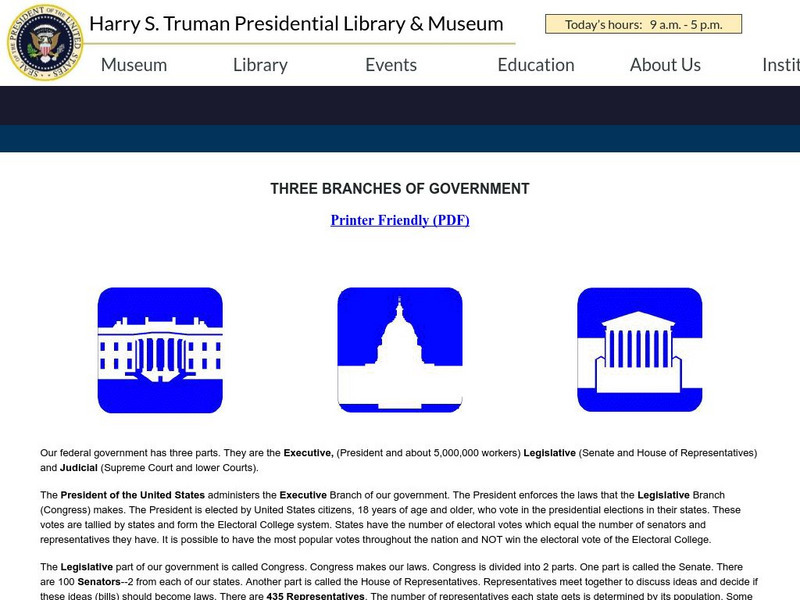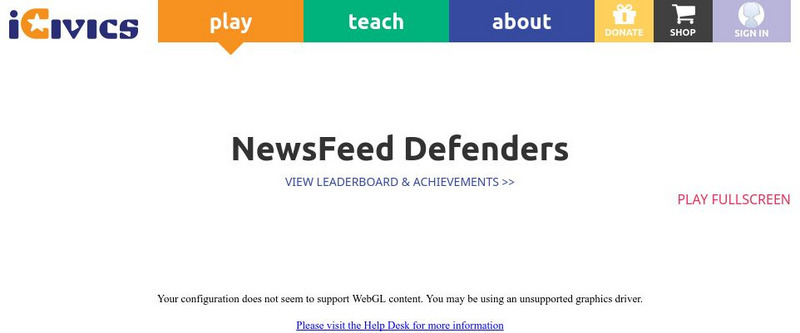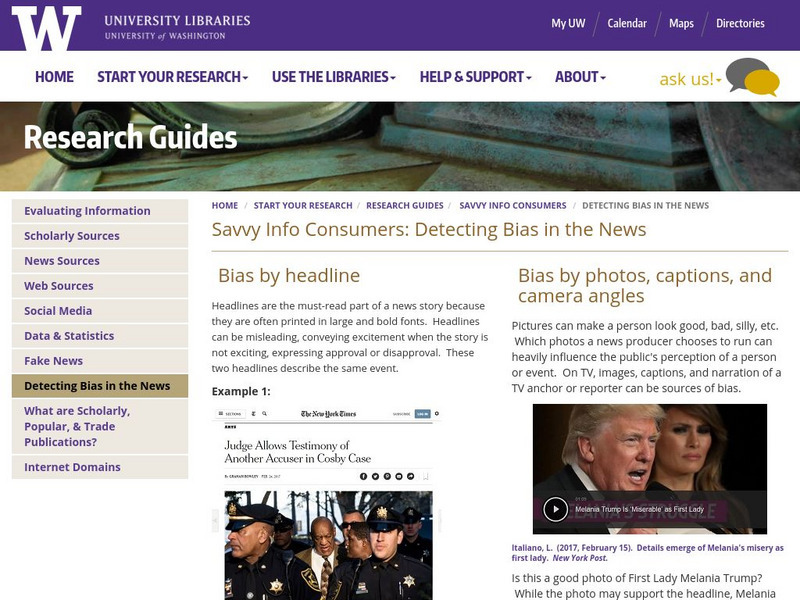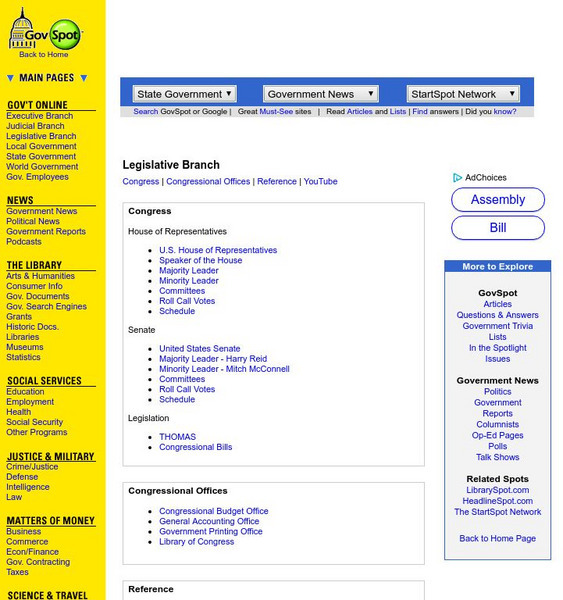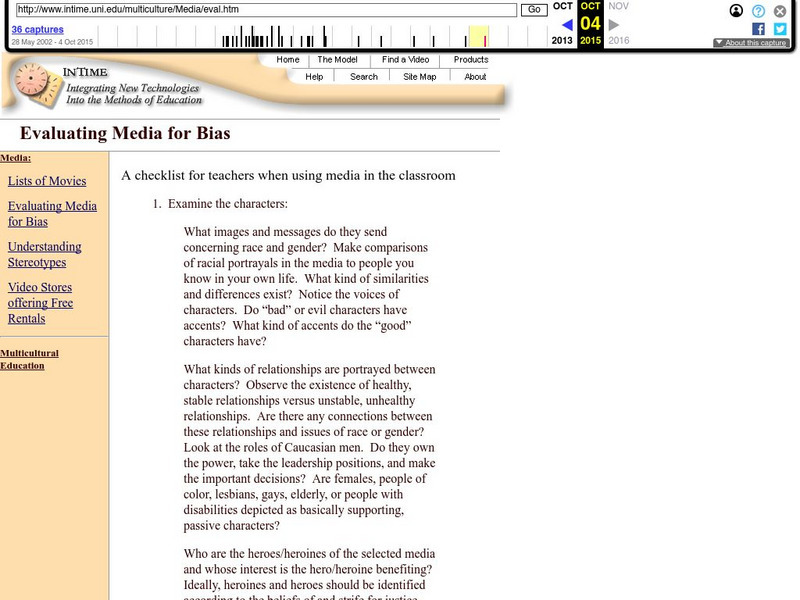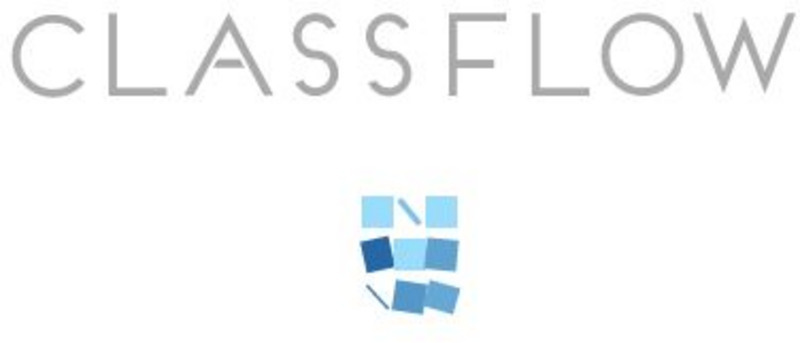Hi, what do you want to do?
Other
Rhetorica Network: Media / Political Bias
A detailed explanation of how bias works is offered at this site, including critical questions for detecting bias in writing.
Other
Chateauguay Valley Regional High School: The Past Through Poetry by Mary Sully
This is a good example of how to write a literary analysis essay on poetry. This example compares and contrasts Tennyson and Yeats, Victorian poets, on the basis of their lives and their poetry. W.9-10.9a Analysis
US Government Publishing Office
Ben's Guide to u.s. Government: Judicial Branch (6 8)
This site from Ben's Guide to U.S. Government provides a brief overview of the judicial branch of the federal government. Discusses the origin of the judicial branch, the concept of judicial review, and functions of the judicial branch....
E Reading Worksheets
E Reading Worksheets: Writing Narrative Essays
This article provides the components of narrative writing. The author emphasizes ways to make narrative writing better. W.9-10.3e Conclusion
Harry S. Truman Library and Museum
Harry S. Truman Library & Museum: Three Branches of Our Government
This slide and the six that follow it (use the advance button near the bottom of the screen) offer an explanation of each of the three branches of government and the duties they perform, including discussion of the tensions arising from...
US Government Publishing Office
Ben's Guide to u.s. Government: The Senate
Information about the qualifications and duties of the United States Senate.
US Government Publishing Office
Ben's Guide to u.s. Government: Legislative Branch
This site designed for students, clearly describes congressional powers and provides excellent accompanying links.
Alabama Learning Exchange
Alex: Writing About Issues in the Media
In this activity students analyze media coverage of current issues and present their findings in a formal research paper and class presentation.
iCivics
I Civics: News Feed Defenders
NewsFeed Defenders is a challenging game designed to sharpen students' news literacy skills. Students will join a fictional social media site focused on news and information. They will learn elements of high-quality journalism to be able...
Khan Academy
Khan Academy: Approaches to Knowledge
An article addressing how knowledge is acquired from different media formats. The article also discusses how scholars from the past asked questions about knowledge and launched their own investigations.
Library of Congress
Loc: American History Through Congressional Documents: 1774 1873
Timeline of American history as seen in Congressional documents, 1774-1873.
Library of Congress
Loc: George Washington to the United States Senate, 1789
A summary of Washington's task to appoint Supreme Court and other federal judicial officials, appointments which he based on relevant experience, their support for the constitution, and on where they lived. Includes images of a...
University of Washington
Bias in the News
This handy page clearly explains various ways in which bias can creep into news reports. Examples of each method are given.
Other
America's Future: Behind the Headlines: The Constitutional Powers of Congress
A short summary of the powers Congress does and does not have, with an emphasis on the Constitutional basis of each. [Published Jan. 24, 1999]
Other
Govspot: Legislative Branch
This site has an outline from Govspot of the Legislative Branch of the United States. This site links you to every part of the Judicial Branch of the United States.
Other
How to Detect Media Bias & Propaganda [Pdf]
A portion of a larger book, this site is critical of journalism as it is presently practiced. This portion offers characteristics of critical news consumers.
Other
In Time: Evaluating Media for Bias
This site provides a checklist, especially helpful for teachers, that details the way to check media elements to be used in the classroom for biases. This site provides six questions to help evaluate the effectiveness of the media in...
US Government Publishing Office
Ben's Guide to u.s. Government: Judicial Branch (9 12)
Provides a brief overview of the judicial branch of the federal government. Discusses the origin of the judicial branch, the concept of judicial review, and functions of the judicial branch. Links to more information about the U.S....
US Government Publishing Office
U.s. Government Publishing Office: Congressional Hearings
Massive directory of the transcripts of all Senate and House committee and subcommittee hearings from the 105th Congress to the 109th Congress. Hearings are typcially open to the public and done for the purpose of attaining information...
Other
Learning Enrichment:reading Skills in the Social Studies
Discussion of the critical reading skills needed in Social Studies, although the skills discussed can apply to a variety of areas. This is part of a larger site containing numerous lesson plans for Social Studies, and this page is really...
ClassFlow
Class Flow: Evaluation Peer's Stories
[Free Registration/Login Required] This flipchart is designed for students to have a guideline for evaluating a peer's stories. Once a peer or teacher has read another peer's story, this will guide you on traits to look for in a good...
ClassFlow
Class Flow: Government Glossary
[Free Registration/Login Required] In this lesson Activotes are used to access student's prior knowledge of the principles of the US constitutional government. Student knows the essential principles stated in the US Constitution-...
ClassFlow
Class Flow: Laws
[Free Registration/Login Required] This flipchart introduces conflict resolution & how a bill becomes a law.








